NYU Steinhardt’s Music and Audio Research Laboratory (MARL) is an interdisciplinary space where faculty from diverse fields connect on their shared interest in sound.
“MARL is a wonderful place full of people who, on paper, do things that seem unconnected, but are in reality,” says Pablo Ripollés, associate director of MARL and assistant professor of music technology and psychology. “Our researchers have expertise in music, technology, engineering, data science, art, and more. By sharing our different points of view on sound in the world, we create some amazing work together.”
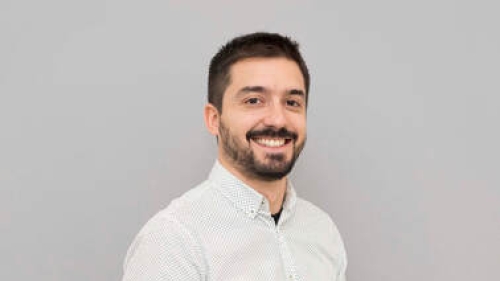
Pablo Ripollés
From Goosebumps to Fist Pumps
Ripollés studies the cognitive science of music, or using music to understand how the brain works.
“Much like other animals, the human brain is highly focused on reward: Primary rewards (like food) and secondary rewards (things that we have ascribed value to, like money) are good examples,” says Ripollés. “But we can also respond in intense ways to abstract rewards – the beauty of a sunset, painting, or music – which is a human-only characteristic.”
In his research, Ripollés is using music as a stimulus to better understand how the reward system functions. Over the last two years, he has developed an open-source device that can track emotions while people move freely at concerts by using sensors to measure goosebumps, which in-lab studies have shown correlate with a release of dopamine, which is a neurotransmitter involved in reward processing, among other things. His findings could help better understand conditions such as addiction and depression.
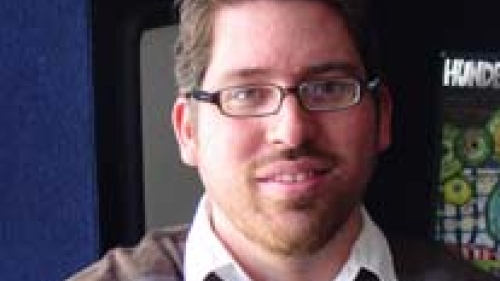
Juan Pablo Bello
Juan Pablo Bello is director of MARL and the Center for Urban Science and Progress (CUSP), as well as a professor of music technology and computer science and engineering. His project, entitled SONYC (Sounds of New York City), is a collaborative NYU effort to address noise pollution by automatically classifying various sounds throughout the city. By deploying sensors and asking for the public’s help in annotating recordings, SONYC is a large-scale noise reporting system that will help identify important patterns of noise pollution and inform policymakers.
Bello and his team also recently received a $50,000 gift from Bosch – the third of its kind in two years – to support research on developing novel audio AI capabilities.
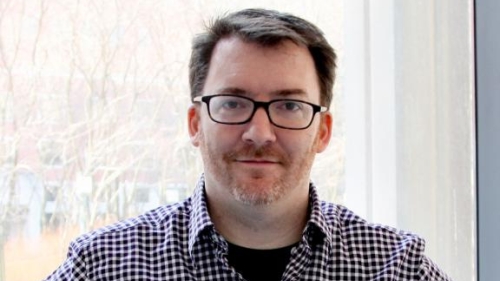
R. Luke DuBois
Moving from the scientific to the artistic, R. Luke DuBois, associate professor of integrated digital media, combines music technology with artistic expression. He works in time-lapse phonography, which reveals the average sonority, visual language, and vocabulary in music, film, text, and cultural information. One such example is Acceptance 2016, which synchronizes the language from acceptance speeches given by the Donald Trump and Hillary Clinton to show “the similarities and differences in the speaking style, rhetoric, and body language of two of the most easily contrasted presidential candidates in US history.”
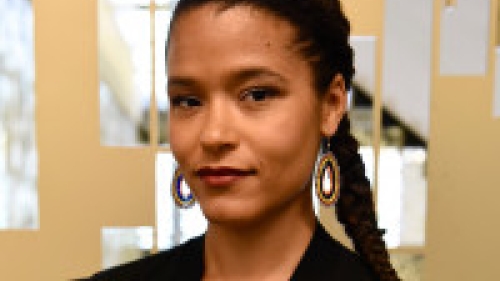
Leila Adu-Gilmore
Many MARL faculty are also active composers and performers, such as Leila Adu-Gilmore, assistant professor of music technology, who has released five solo albums and has composed for a number of ensembles. She is also the principal investigator of the Critical Sonic Practice Lab, through which she works to address the gap in analysis and research of electronic music of Africa and the Global South. She recently contributed a chapter about grassroots governance in electronic dance music venues in Ghana to Electronic Cities: Music, Policies and Space in the 21st Century.
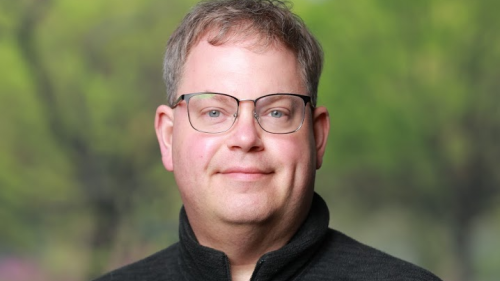
S. Alex Ruthmann
In a similar vein, S. Alex Ruthmann, associate professor of music education and music technology, has received a multi-year funding award from the National Endowment of the Arts to establish a research lab focused on entrepreneurship and innovation in classical music training programs. A collaboration with the New World Symphony (NWS), the five-year research agenda aims to study how to best support culturally and locally relevant entrepreneurial activity and innovation among current and former NWS community members, as well as how performing arts training organizations can better support early-career musician artists.
Supporting DEI
Beyond innovative research around different elements of sound, MARL faculty are united in their support of diversity, equity, and inclusion. MARL participates in multiple educational initiatives aimed at broadening participation in STEM, such as working with NYU Tandon’s Applied Research Innovations in Science and Engineering (ARISE), which offers a seven-week summer program for high school students from disadvantaged neighborhoods.
Bello and Ripollés have also created a MARL-specific summer school for underrepresented students, offering two-month paid summer internships to help level the playing field. This summer, they are running a pilot program with five students.
“In music technology, there’s a gap in diversity at the graduate and PhD level,” says Ripollés. “We as an industry don’t do enough to expose enough undergraduate students from underrepresented groups to research, so we want to help mentor students to continue their education and bring their unique perspectives to the discipline.”
